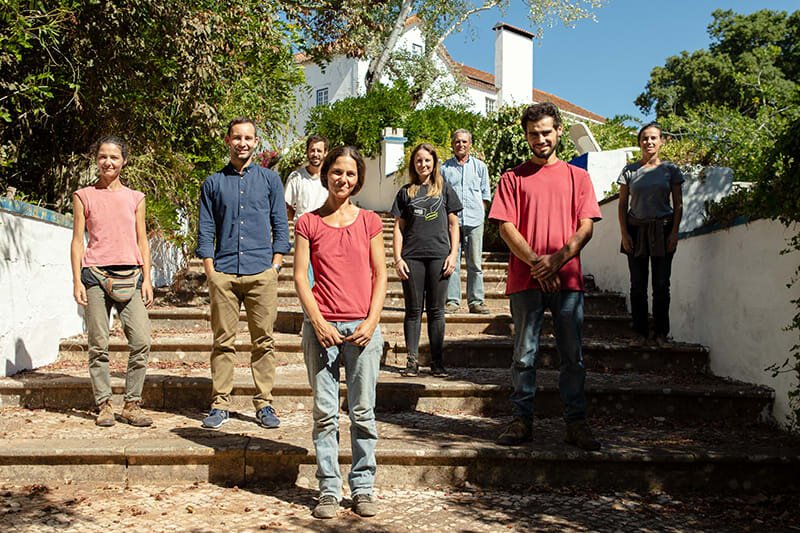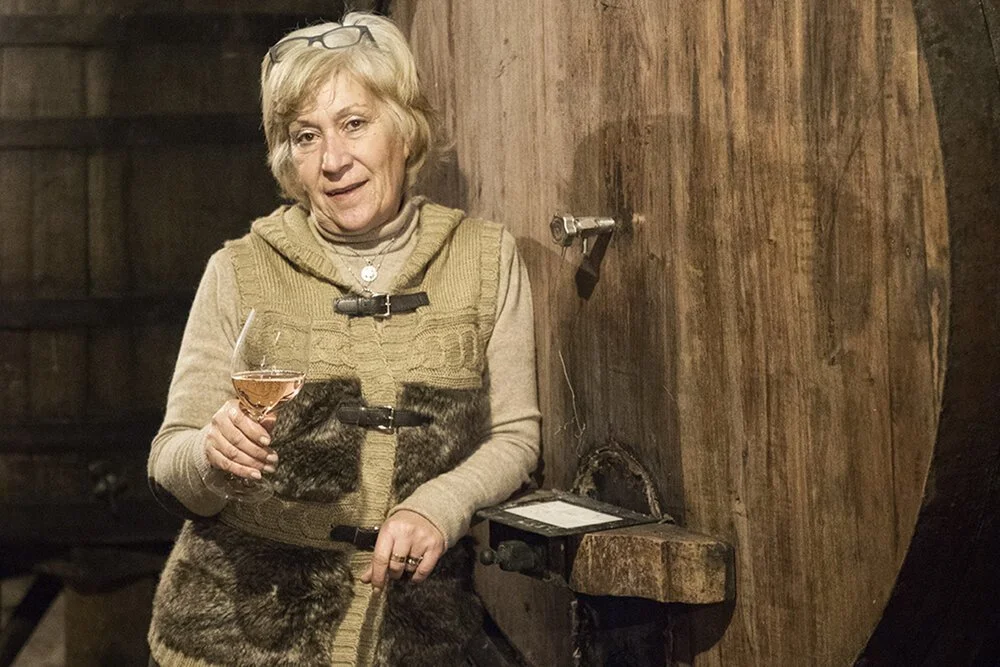Vine Path Blog 10/21: Vinho Português!
Vinho Português!
Vine Path Blog 10/21
Here at Bacco’s Wine & Cheese we like to champion the underdogs, the underappreciated, and the under-represented. We don’t do it because we’re natural contrarians (though we are sympathetic to the tendency), we do it because we think these places, people, and wines deserve the support. You’ll never find us bad mouthing Burgundy, Champagne, or Piedmont, but do those places really need more defenders? Why add to the already deafening din of support for Napa when one could put more wine in the sails of producers overlooked? That’s why we’re diving deep into Portugal this month. Among the grand European wine regions, Portugal has been woefully undervalued and underappreciated, known more as a value buy than anything else. While it doesn’t hurt to be able to sling cheap plonk for consumers looking for high value weekday wines, this reputation has made consumers balk at the very idea of premium Portuguese wine. It’s a shame that it’s so hard to sell premium Portuguese wines when at that tier they still represent incredible value. This month we make the case for Portugal.
Vasco Croft of Aphros
Aphros, Vinho Verde Loureiro
Part of what we want to do this month is to change your perception of what Portuguese wine is, to shake away your existing ideas of what these wines are supposed to be. Vinho Verde is one of the most globally visible wine regions in Portugal, famous for it’s cheap, slightly sweet, and effervescent whites. These wines are indeed crushable and a delight to drink on a hot day, but they don’t represent the full scope of the region. Aphros is an exciting new winery that’s defying expectations of what Vinho Verde is meant to be. Established in 2003 by Vasco Croft, the Aphros winery stands as one of the country’s most experimental and dynamic wineries, producing a broad array of wines in as broad an array of styles. This wine is made from 100% Loureiro, vinified without oak and fermented after a long cold soak. For 11% ABV it has a surprising amount of body.
Quinta Do Olival Da Murta Serra Oca Branco
The Vivas family at Quinta Do Olival Da Murta
Established in the 1940s by Manuel Vivas in the Obidos district of Lisboa, the Quinta remains a true family operation to this day. Dozens of family members help run the winery in every possible position. The new generation has pushed the winery into new and exciting avant garde directions. For their Serra Oca Branco they separately ferment Arinto, Fernao Pires, and Moscatel, all with separate amounts of skin maceration. While the Moscatel represents the smallest portion of the cepage, it packs the biggest punch in the wine. Serra Oca Branco is not exactly a full blown Amber wine but it still has a firm tannic backbone and notable black tea and dried fruit tones typical of a skin fermented white.
Graca Miranda DeSilva
Casa de Saima, Bairrada Baga Vinhas Velhas Grande Reserva
Personally, my favorite region in Portugal is Bairrada simply for it’s noble grape Baga. Unlike the rest of Portugal, this region has historically produced monovarietal wines instead of blends, which makes for a completely unique expression of Portuguese terroir. Casa de Saima was established in 1992 by Graca Miranda DeSilva when she decided to start bottling her family’s wine after three generations producing for local co-operatives. Her wines were an immediate hit with critics and wine geeks alike. The winemaking and agriculture on the estate is old-school as they come, with nearly no modern inputs being used anywhere in production. The Baga is aged exclusively in large oak cask, many of which are over 100 years old. This Baga might remind you of Nebbiolo or Sangiovese but with a distinct white pepper punch. In my mind, these wines are world class show stoppers.
Muxagat, Douro Tinto
Mateus Nicolau de Almeida, founder of Muxagat
The Douro is Portugal’s most significant and historic wine region, made famous by their Port wines. For something so closely identified with Portugal, it might surprise you to learn that Port was invented for and by the British. You may have noticed that the most famous Port houses have very un-Portuguese names like Taylor Fladgate, Croft, and Churchill’s. The British we're the largest importer of French wine until their Hundred Years War hit the brakes on all trade between the two warring nations. The solution for the UK was to turn to a close trading partner to fill the gap. The Douro region was chosen out of convenience, since it’s vineyards are on the banks of a river that lets out into the Atlantic. That made it easy to transport barrels down stream and onto boats chartered to the UK. The only problem was how to make sure the wine survived the trip without spoiling. The solution was the addition of Brandy to the wines, which made them strong, slightly sweet, and well fortified for travel. Today the region is undergoing a cultural shift towards a more Portuguese style of wine. More and more producers are making still wines and the world is better for it. Part of this cultural turn is Muxagat. Situated in the highest altitude region is the Douro, the winery is exclusively dedicated to the production of still wines. Their Douro Tinto is a typical blend of Touriga Nacional, Touriga Franca, and Sousao, aged for 14 months in oak before bottling. The wine is massive and intense, decadent and ultra ripe, yet still balanced, showing deliciously meaty and smoke-y tertiary notes.
Vineyards at the Muxagat winery






